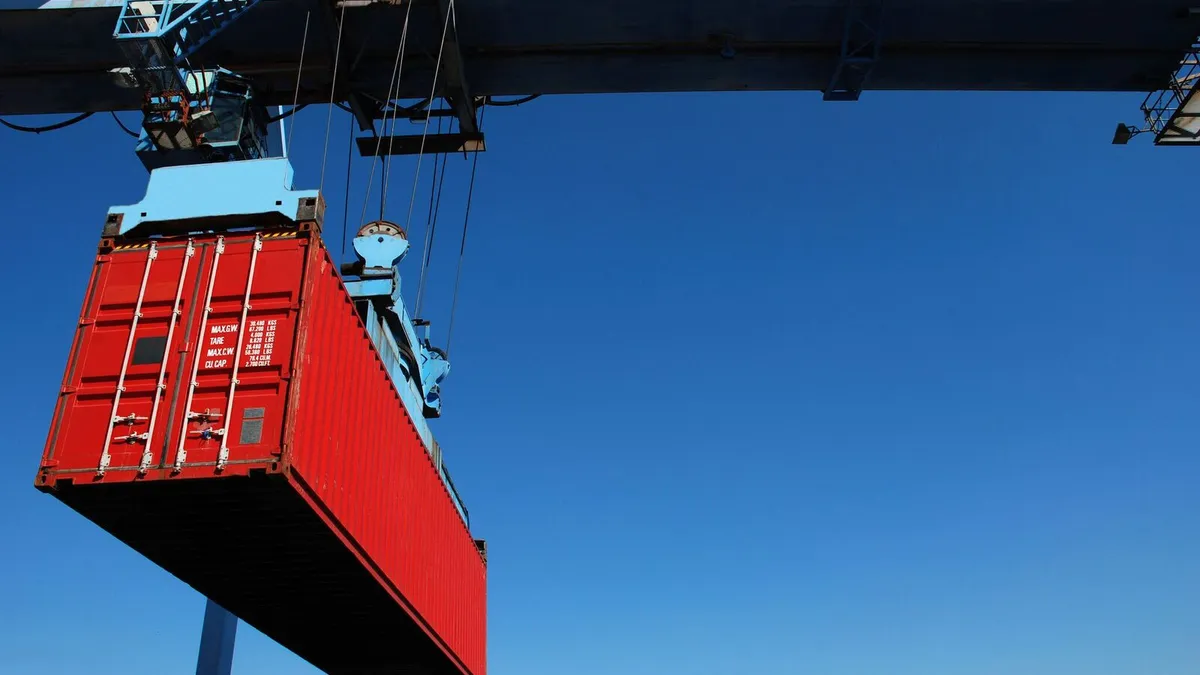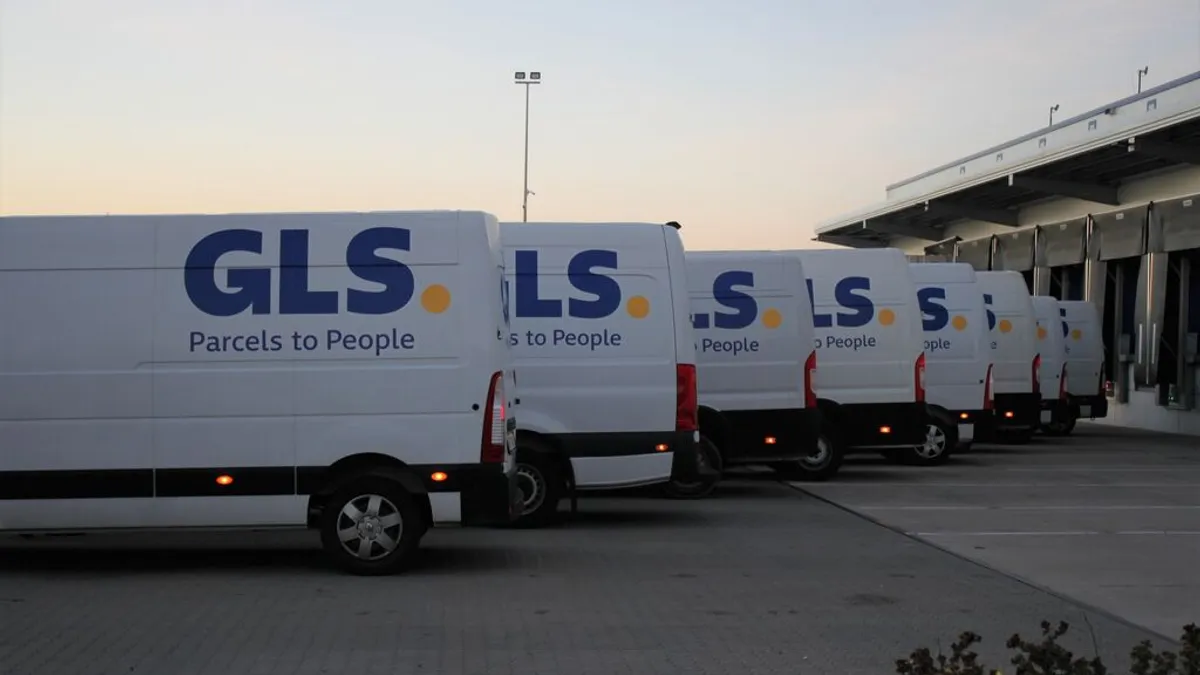The following is a guest post from Ted Wlazlowski, Vice President and General Manager at CalAmp SCI.
As the world works to create connected cities with road sensors and self-driving trucks, it is time for supply chains to tap the technology to reduce information gaps while cargo is in-transit.
Today, the market is shifting to an “I need it now” standard, and supply chains must adapt to this new way of life. In this world, perfection is expected, patience is fickle and the court of public opinion can be as harsh as a real courtroom. In turn, supply chains are adapting by shortening the timelines between production, purchase and delivery at a customer’s doorstep.
In light of these changes, shippers need a new way to “ride shotgun” with their shipments from warehouse to in-transit to final delivery. This is where telematics technology steps in to help.
Mind the data gap
A supply chain has various components, and while at the warehouse it may be easy to track items by cameras or sensors, once the shipment is in motion data on a product can go dark.
Depending on shipment modality – whether by road, rail or sea – the data gap can be quite wide, deep, and unpredictable. A logistics firm’s performance, third party brokering, driver behavior, or terminal personnel reliability are further exacerbated by weather, traffic, port congestion, and more. Disruptions to the supply chain can occur at any point.
These disruptions, no matter the size, can affect your bottom line. It decreases your performance and efficiency which impacts customer satisfaction. On the regulatory side, any hiccups could knock your shipment out of compliance. In addition, each of these gaps provide additional opportunities for asset loss or theft.
So how can you fill the gaps created in an electronic data interchange (EDI)-dominated supply chain?
Simply stated, the continuous real time visibility of all cargo shipments – not just their transportation vehicles – is important for documenting location and condition of the contents. It helps you or your client verify that the goods are really there, within their regulated parameters, and undamaged. This is especially critical when there is a breakdown in the supply chain (airline strike, train derailment, natural disaster, etc.).
On-board covert tracking technology – telematics – provide that shotgun seat next to your goods. GPS-based monitoring can vary from simple location devices to sophisticated devices which provide temperature readings. The information gathered can be used by logistics managers, accounting, sales, customer service, and more. Many systems allow you to define alerts so you’ll be notified when your cargo leaves a certain area, called “geofences,” or goes above or below a certain temperature threshold. With a steady stream of data, the shipping gaps start to fill and provide the needed visibility of assets for today’s “on-demand” society.
Finding your gap partner
The last piece of the puzzle is determining who is going to put you in the virtual shotgun seat. There are some considerations when selecting a telematics service partner. Look at the organization’s years in business; a good rule of thumb is 10 years or more working in the industry. The longer the time, the more knowledge of the nuances of supply chains they will have accrued. It is probably wise to check references as well for their stability, reliability, and customer service.
When evaluating solutions, you will need to have calculated your ROI of the investment – how much do you really need? This information can help you determine the type of devices required as well as software to monitor them. The service can be stand-alone or one that integrates with other in-house systems that you might already have in place, such as WMS, TMS, or ERP platforms. Lastly, consider whether you would like a mostly custom telematics system or one that is more flexible, such as supporting multiple types of devices.
Ted Wlazlowski is Vice President & General Manager of CalAmp SCI (formerly LoJackSCI). He has over 25 years of experience in high technology business starts, turnarounds, mergers and acquisitions in security, automation, communications and services industries. Ted has served in executive roles as CEO, COO, President and Managing Director for both private and publicly held firms.












